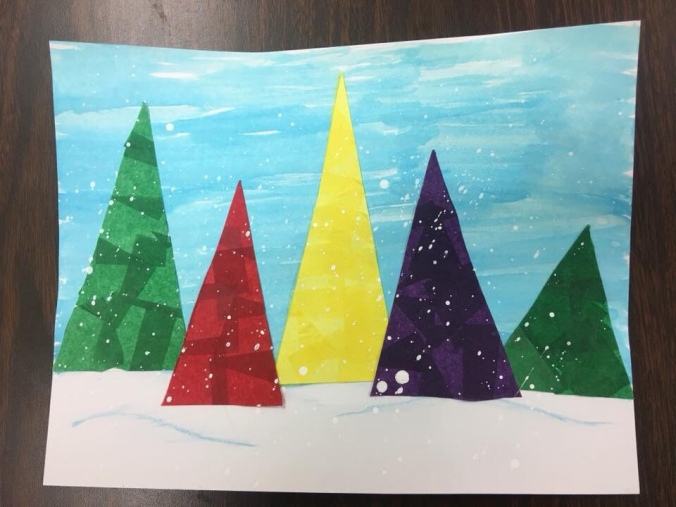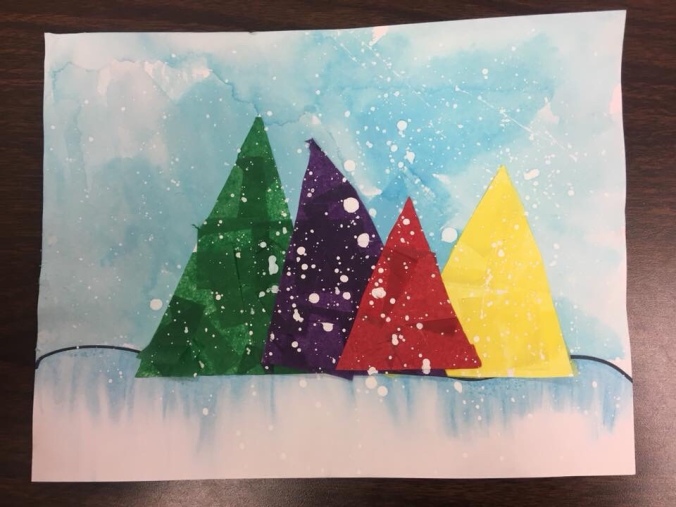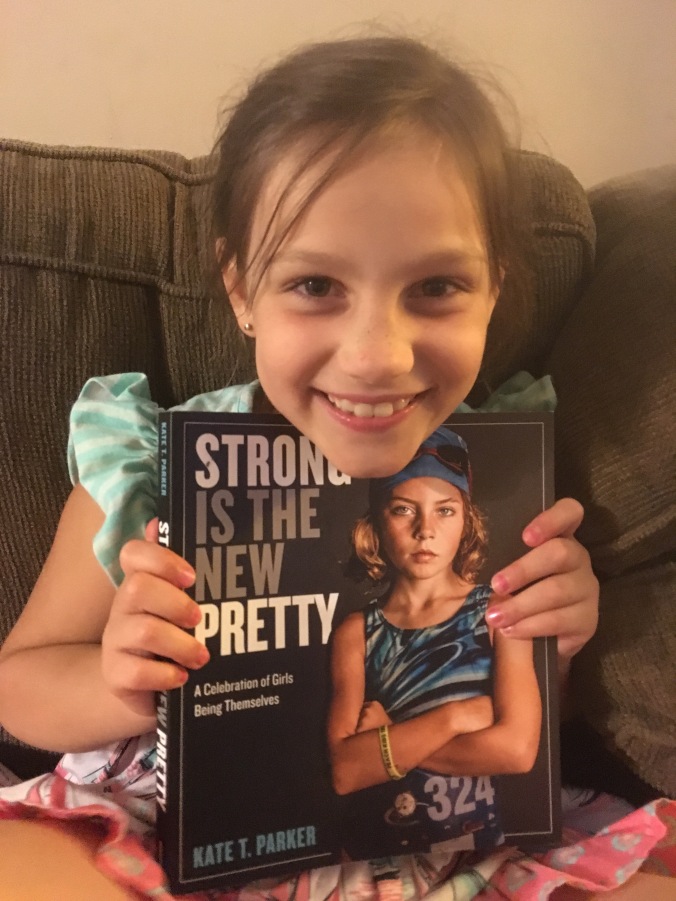
“You are enough, Eat The Waffle Fries”
I’m coining this quote as my own, but the inspiration came from somewhere else. I’ve been thinking a lot lately about podcasting and possibly starting my own podcast. My brother and his wife told me about The Popcast With Knox and Jamie, https://itunes.apple.com/us/podcast/the-popcast-with-knox-and-jamie/id712316884?mt=2 because they had met Jamie over the summer. (and they had lots of nice things to say about her!)
After their endorsement, I immediately subscribed to their podcast and downloaded one of their first podcasts from 2013. They talked pop culture, actors and actresses, movies, and tv, but what inspired me was their conversation about social media. They referenced an article that talked about how depressing these sites and apps can be. Somehow during that conversation, Jamie referenced both waffle fries and the phrase “You are worthy.”
This got me thinking about a conversation I’ve seen multiple times. Teachers, and non-teachers, stop comparing yourself to others in negative ways. Notice I said “in negative ways.” This was on purpose because I don’t think comparison is always bad. For example, you make brownies from scratch, twice, and you notice that your second batch is better. Comparison as a form of reflection isn’t always bad. We can use it to set goals for ourselves and our students.
Comparison in negative ways is never good. You see a picture on Pinterest, Facebook, Instagram, wherever and you think you’ll never measure up or that you’ll never be that pretty/strong/organized/together. This thought process is never ok.
So, with all this in mind. Aim high. Try to be better. Reflect and move forward. Aim even higher. Do your best and then do better. You are good enough. You are accepted. You are loved. You are great today and you will be even greater tomorrow. It doesn’t mean you won’t mess up. Don’t let you mess-ups and mistakes define you.
“You are enough, Eat The Waffle Fries”











